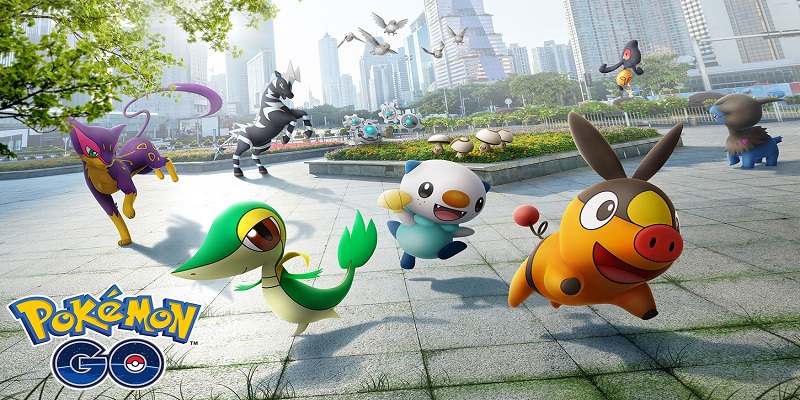
It was back on 6July 2016, when a cooperation between The Pokémon Company, Nintendo and Niantic resulted into the release of the Geolocation Augmented Reality mobile video game of Pokémon GO for Android and iOS devices. Who would have thought that this game would become such a behemoth? Well, a report from Sensor Tower and its Intelligence Store shows that on its five-year anniversary, the game has topped the $5 billion mark in consumer spending. It means that Pokémon GO is averaging $1 billion in consumer spending every year.
Ahead of the Competition
The report indicates that it continues to be the leader in the Geolocation AR category worldwide, collecting an impressive $641.6 million in terms of consumer spending for the first half of 2021. What is even more impressive is the fact that it tops the likes of Dragon Quest Walk from Square Enix that was released in 2019 and generated $261 million during the same time frame, while Ludia’s very popular Jurassic World Alive, released in 2018, was in third position. The latter has seen a new lease of life thanks to the introduction of customizations and achievements through titles and badges, while the release of Jurassic World: Camp Cretaceous series on Netflix has given the game an extra push.
Another interesting point is the fact that Pokémon GO has gone from strength to strength as the years have gone by, and that is clearly illustrated from global first half-year player spending numbers. The revenue this year is up 34per cent compared to the first half of 2020 and up 130per cent from the first half of 2017. The current half-year spending represents Pokémon GO’s best numbers ever and that does not include revenue from third-party Android stores in China. By the end of 2020, total spending reached $1.3 billion worldwide, so 2021 stands at roughly half that amount.
Which Countries Love Pokémon GO the Most
There are three countries that have the distinction of being the ones that generate the most revenue. The United States is at the top with $1.9 billion (36.6per cent) in lifetime spending, followed closely by Japan with 32per cent and Germany in distant third place with 5.4per cent. The bulk of player spending comes from Google Play accounts, with $2.7 billion (52.8per cent), while the App Store makes up $2.4 billion (47.2per cent).
Lifetime downloads for the game are estimated at 632 million. The United States top the list with 115.5 installs (18.3per cent), followed by Brazil and India. Google Play has a huge advantage over the App Store in terms of downloads, the former tops 487 million installs (77per cent) and the latter is at 144.8 installs (23per cent).
Conclusion
One of the many reasons why Pokémon GO has continued to excel in a super competitive landscape is the fact that it remained relevant with key updates and the introduction of new Pokémon characters that players must collect. A spokesperson for bingo comparison website Bingofind.com that review similar games echoed the same sentiment, underscoring the significance of staying relevant in cutthroat markets: “The addition of new games and generous reward schemes are of the utmost importance if you want to keep your existing database happy and attract new players in the process. Pokémon GO has done a terrific job in keeping its core audience entertained over the last couple of years.”
So, if you want to stay at the top, you must keep up with the times and stay relevant so you can capture the zeitgeist of whichever niche you are trying to penetrate. Maybe the next step should be to launch video and gambling games for the Apple Watch, just like Niantic did for the Pokémon.

